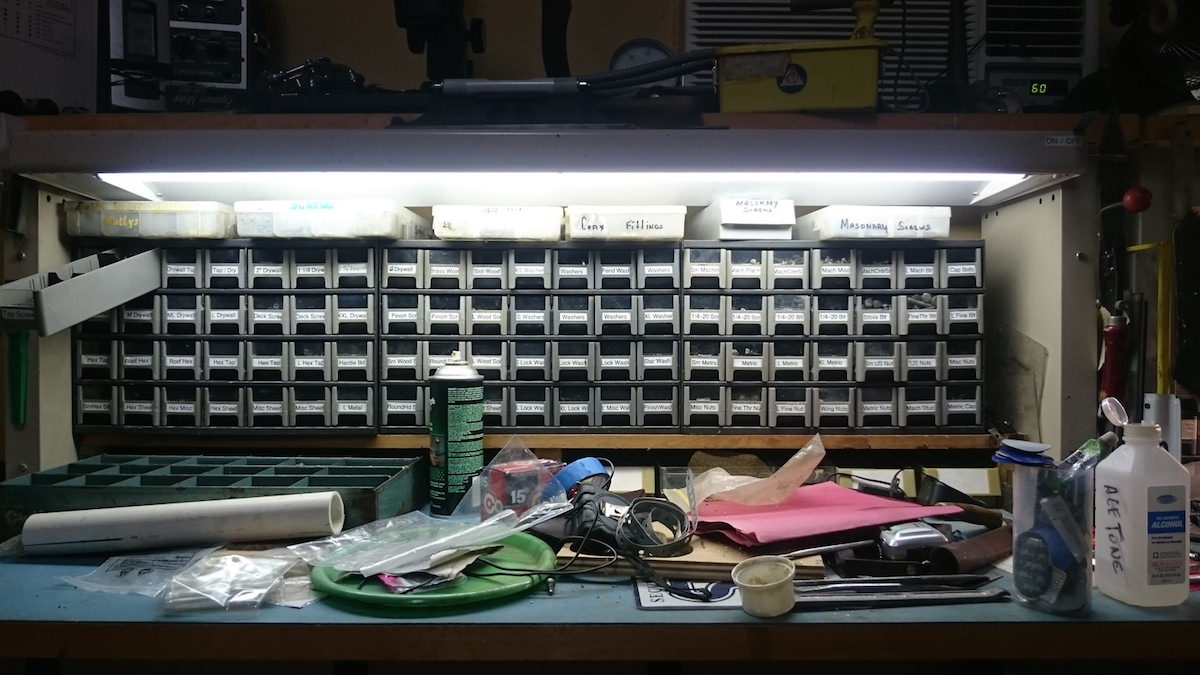
NOTES AND NEWS
What do we do with crazy noise or vibration criteria?
As acoustical and vibration consultants, we are sometimes presented with what we call “non-physical criteria.” Non-physical criteria are usually predicated on the misunderstanding that it is possible to eliminate these contaminants.
Bright-line vibration and noise criteria
If you’re outfitting a low-vibration imaging suite or laboratory, you’ve probably had to read a few tool installation guides for off-the-shelf (as opposed to hand-built) instruments. One problem with floor vibration criteria for laboratory instruments is that—unless we helped develop the criterion—we never get to see an “error-vs-vibration” dataset.
Building vibration and outlier research lab sensitivities
When it comes to vibration sensitivities, most lab groups operate fairly routine research programs. But if “most” groups run “ordinary” programs, then you shouldn’t be surprised when you run into one group with an extraordinary program. This happened to me many years ago, and it completely opened my eyes to the incredible diversity in R&D.
How instrument criteria are developed: “error-vs-vibration”
Many laboratory instruments are exquisitely sensitive to “energetic contaminants” like vibration, noise, and electromagnetic interference. It’s not always easy reading and interpreting these criteria; they’re sometimes confusing even to vibration consultants. But to be honest, it’s not easy developing them, either. So, where do these criteria come from, and what do they mean?




